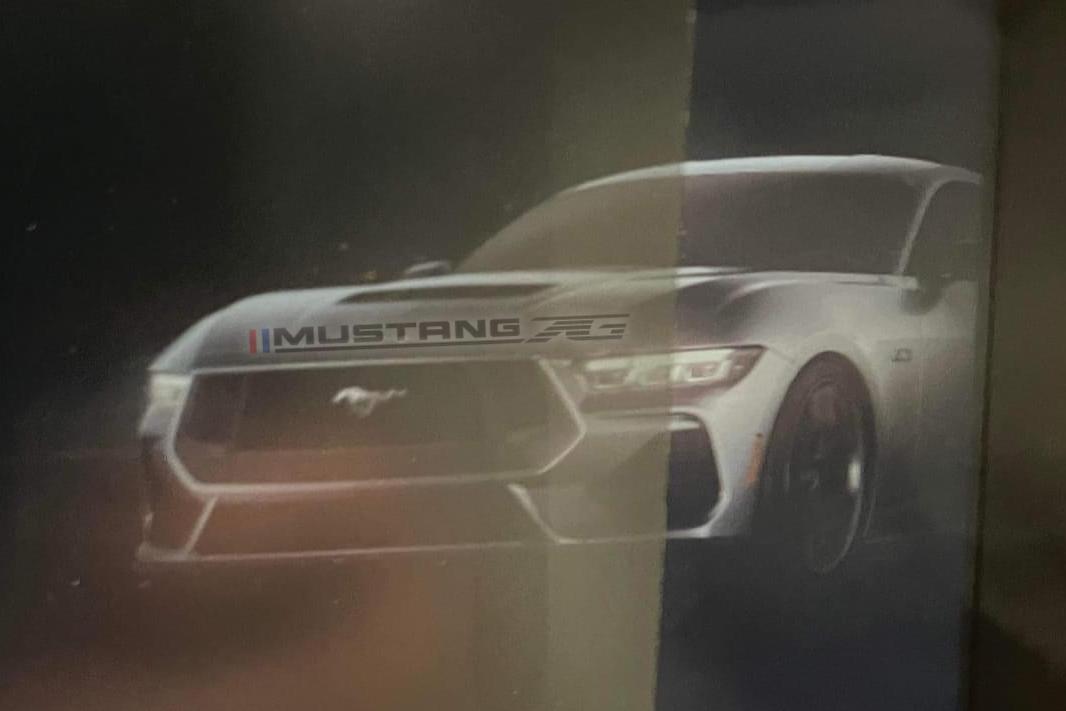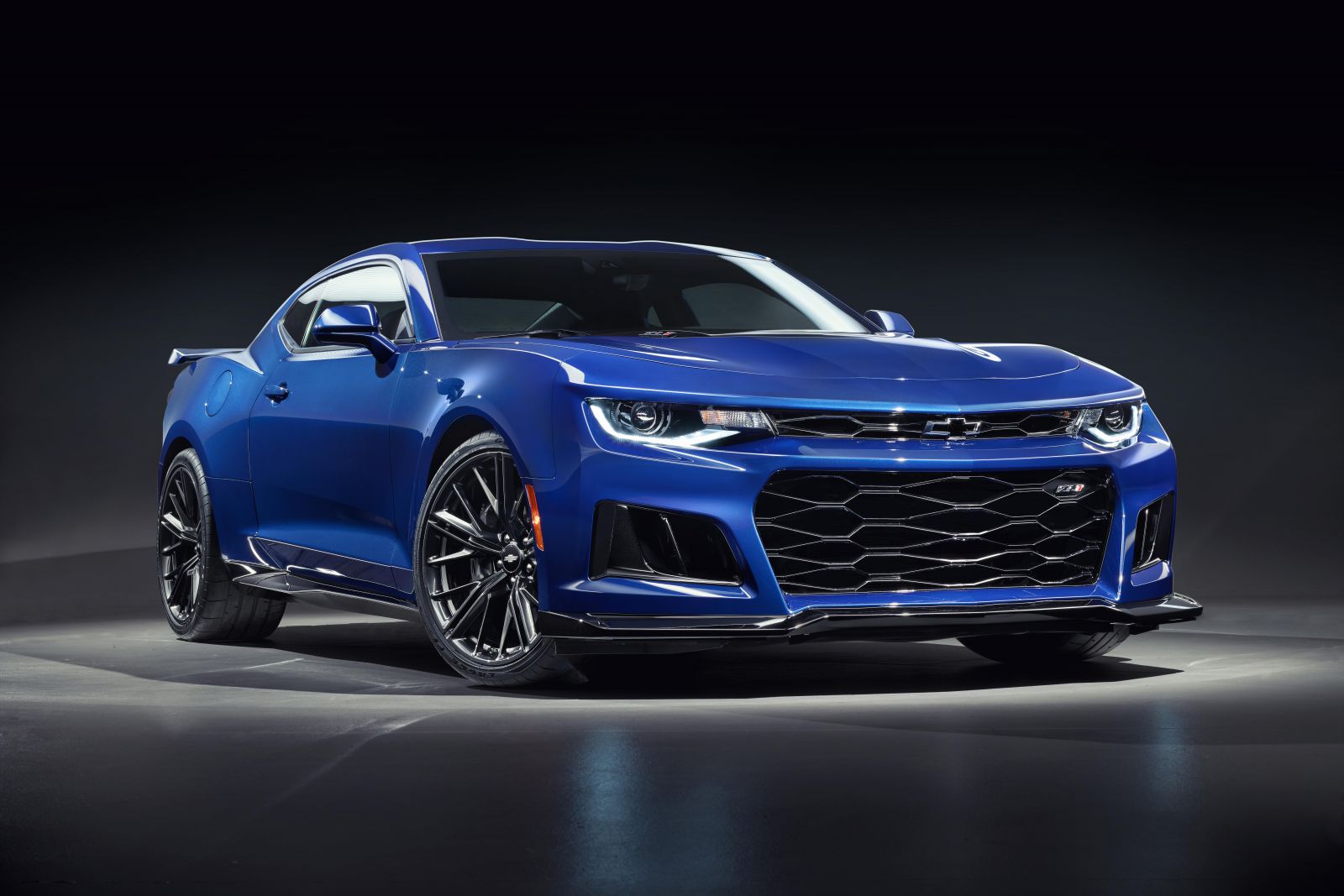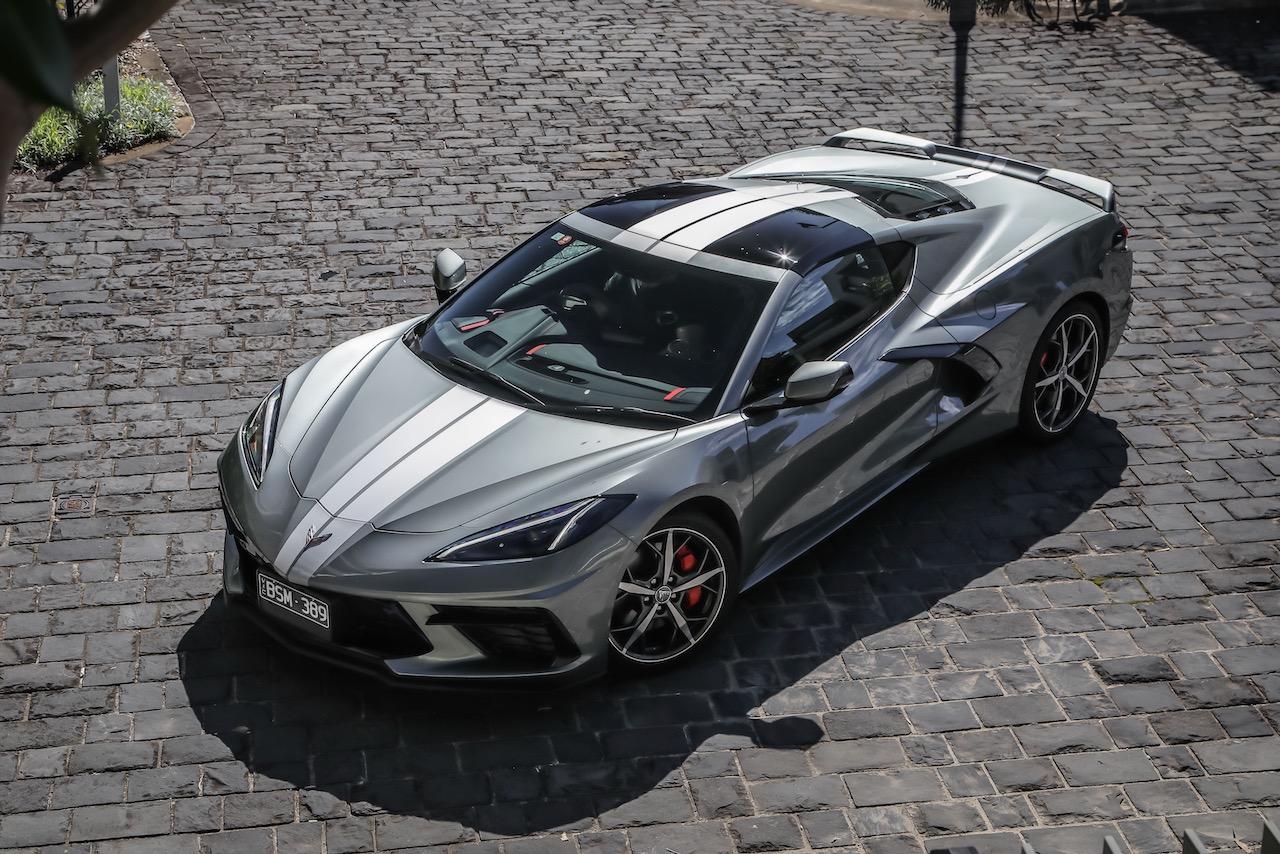Comprising some of America’s most famous automotive icons, pony and muscle cars have come to be defined by the V8 engine, perhaps more so than any other type of car. Names like ‘Hemi’ and ‘Boss’ have been etched in automotive folklore almost as much as nameplates such as ‘Challenger’ and ‘Mustang.’
However, the global automotive industry is moving to comply with increasingly tight emissions regulations, and various standards around the world now require a carmaker’s entire fleet of vehicles to meet an average CO2 output level.
This means muscle and pony cars are no longer an exception to the rule, and manufacturers must put the same effort into reducing their emissions as they do with an everyday SUV or other passenger car.
The most popular way to currently do this is through electrification, whether it be a full BEV (battery-electric vehicle), or a PHEV (plug-in hybrid electric vehicle) version of an existing model. In this regard, PHEV models may carry some emotional advantage by facilitating a substantial reduction in emissions while retaining the potential to keep a V8 engine, and its classic soundtrack, by pairing it with an electric motor.
Here are some vehicles so inextricably entwined with the concept of a V8 engine that are now about to offer either electrified or electric propulsion.
Ford Mustang
Though it’s best known for its V8s, historically the Mustang has been offered with a wide variety of engines. The current sixth-generation S550 model is no different. Through its lifecycle, it has been available with everything from a 2.3-litre EcoBoost turbocharged four-cylinder (adapted from the Focus RS and repeating a trend present with 70s and 80s Mustangs), a 3.7-litre V6 (not sold in Australia) and the trademark 5.0-litre V8 available in various outputs.
It’s widely rumoured that the upcoming S650 generation Mustang, expected to be revealed sometime in 2023 for a 2024 launch, will be offered with electrified versions of the current EcoBoost and V8 powertrains.
While speculative, this information is based on previous leaks such as a Ford engineer posting on LinkedIn that they were working on hybrid powertrains for the next-generation Mustang.
Additionally, Ford has also patented a twin-motor hybrid system, with a V8 engine being used as the powerplant to drive the rear wheels, while the front wheels are powered by dual electric motors. However, Ford Authority has reported we shouldn’t expect to see an all-wheel drive version of the S650 Mustang.
After a dip in performance during the oil crisis-plagued 1970s, the Mustang lineup has generally become faster and more powerful over time. While the S650 will continue this trend, the next generation may also represent a step change in efficiency.
Chevrolet Camaro
Widely known as the Mustang’s arch-nemesis, the Camaro is General Motors’ pony car. Although it never had the same popularity in Australia due to its higher price tag and much shorter availability (sales ended in early 2020 after little over a year), the Camaro has likewise also been available with a broad range of engines throughout its life, including four-, six- and eight-cylinder engines.
Unfortunately, the rumour mill, not to mention GM, have been more opaque about its plans for future iterations of the Camaro.
The most recent speculation suggests GM is aiming to produce a fully electric Camaro or sport sedan at some point this decade. Firstly, GM has itself teased a car with a sporty, coupé silhouette during its 2020 EV Day event.
Secondly, GM President Mark Reuss, while refusing to commit to a specific timeframe, has suggested the company’s Ultium platform is capable of supporting all types of vehicles, including those with a low hip point and roofline.
A report from Automotive News last year suggested the current Camaro would end production in 2024, and an electric sport sedan would appear in 2025 to take its place.
If an electric Camaro or sport sedan based on the Ultium platform does come to fruition, it could feature an 800-volt architecture to enable fast charging at 350kW DC charging stations.
The Ultium-based Cadillac Lyriq has also been confirmed to receive a 373kW dual-motor all-wheel drive powertrain, which points to the level of performance a Camaro successor could offer.
Chevrolet Corvette
The Corvette, for decades, has held a steady reputation as America’s sports car, and a symbol to prove to others that you have indeed ‘made it.’ Like all icons, however, the Corvette needs to move with the times in order to stay relevant and maintain its position as a benchmark sports car. And this means electrification.
Unlike the Camaro, GM has outlined clear plans to provide a reduced emissions alternative for the Corvette. The firm has confirmed that a hybrid Corvette will be available in 2023, and that a fully electric version will follow afterwards.
However, it is currently unknown whether the hybrid Corvette will use a plug-in or conventional closed-circuit hybrid powertrain. Also uncertain is the name, though there’s been speculation that Chevrolet will use the ‘E-Ray’ moniker on an electrified version of the Corvette.
Nevertheless, Chevrolet has released a teaser video of a prototype electrified Corvette undergoing snow testing. The video shows the car spinning its front wheels, suggesting the upcoming hybrid variant may send power to all four wheels.
Additionally, GM has confirmed that BEV versions of the Corvette will be ‘Ultium based’, but it remains unclear whether this refers to GM fitting Ultium batteries on the existing Corvette platform, or using a different architecture from petrol-powered models.
Dodge Challenger and Charger
The Dodge Challenger is another alternative to the Mustang and Camaro, though the latest third-generation model, first introduced in 2008, has never been sold in an official capacity locally. Likewise, the related Charger sedan hasn’t been offered here, though its Chrysler 300 cousin was sold here for many years.
Challenger and Charger variants such as the Demon and Hellcat, however, have made headlines around the world for their tyre-shredding performance, especially in a straight line and on drag strips.
It’s well-known that battery EVs offer maximum torque instantaneously, and this enables high-performance EV powertrains to accelerate faster than their combustion-engined counterparts. With Dodge often boasting about the incredible acceleration of their Challenger and Charger models, it makes sense from a pure performance standpoint for their next muscle car to be electric, in order to offer even greater acceleration and those vaunted quarter-mile times.
Consequently, Dodge has teased the launch of an as-yet unnamed electric muscle car in 2024, complete with a retro Fratzog logo, and a front-end design featuring a light-bar that draws strong inspiration from 1960s Dodge Chargers.
Stellantis CEO Carlos Tavares has also said the upcoming electric muscle car will have a “shocking” sound.
While the firm has revealed little else, Dodge is now part of the wider Stellantis empire, and this means it is possible that any future EV from the marque will be based on the STLA Large electric platform.
Stellantis claims that models based on the STLA Large architecture will be able to accelerate from 0-100km/h in as little as two seconds, using motors that can each produce up to 330kW of power. These figures serve as a guide to the performance capability of a top-end electric muscle car from Dodge.
Mercedes-AMG C63
While the C63 may appear the odd one out in this collection of iconic American nameplates, it’s another vehicle that’s long been known for its brand of V8 performance.
The C63 has always followed the classic muscle car formula of sticking a big engine into a smaller vehicle, with the first-generation C63 featuring a naturally-aspirated 6.2-litre V8 wedged under the bonnet, and the current model packing a powerful 4.0-litre twin-turbo V8.
In sad news to lovers of the V8 sound, Mercedes-AMG has confirmed the upcoming W206 C-Class-based C63 AMG will move to a plug-in hybrid powertrain featuring a 2.0-litre four cylinder engine. It’s based on the one found in the A45 AMG but re-engineered for this longitudinal application.
From a base of 330kW of power, the fettled M139 engine can be combined with an electric motor developing up to 150kW and 320Nm of torque, though combined power and torque figures have yet to be released.
In contrast, the outgoing C63 S pumps out 375kW and 700Nm from its V8 engine.










